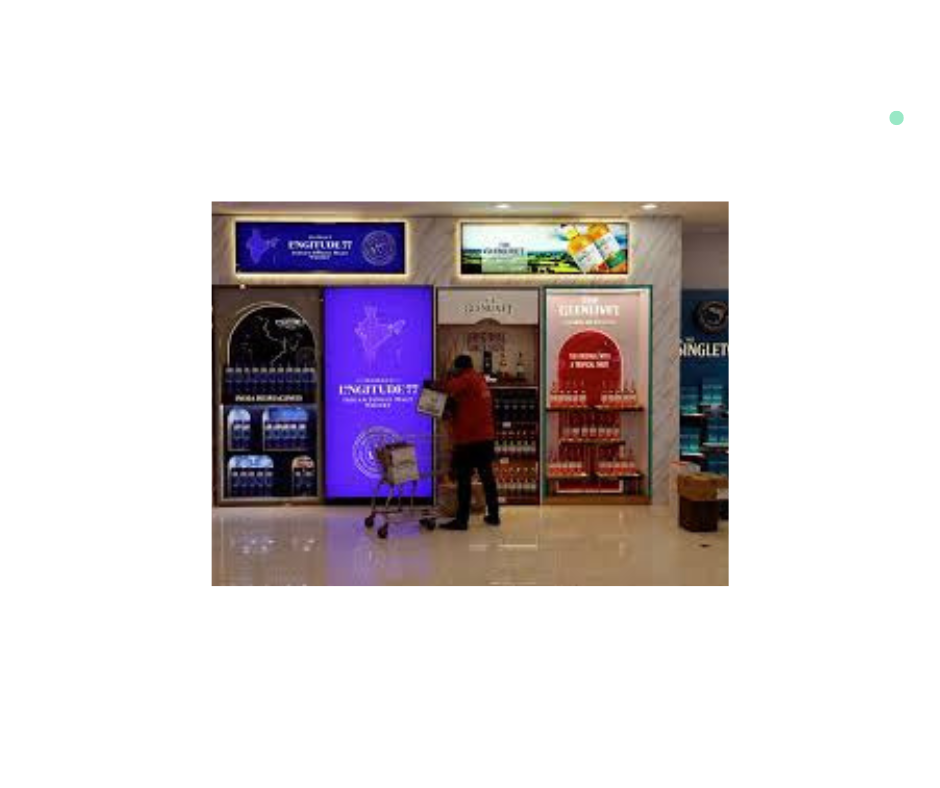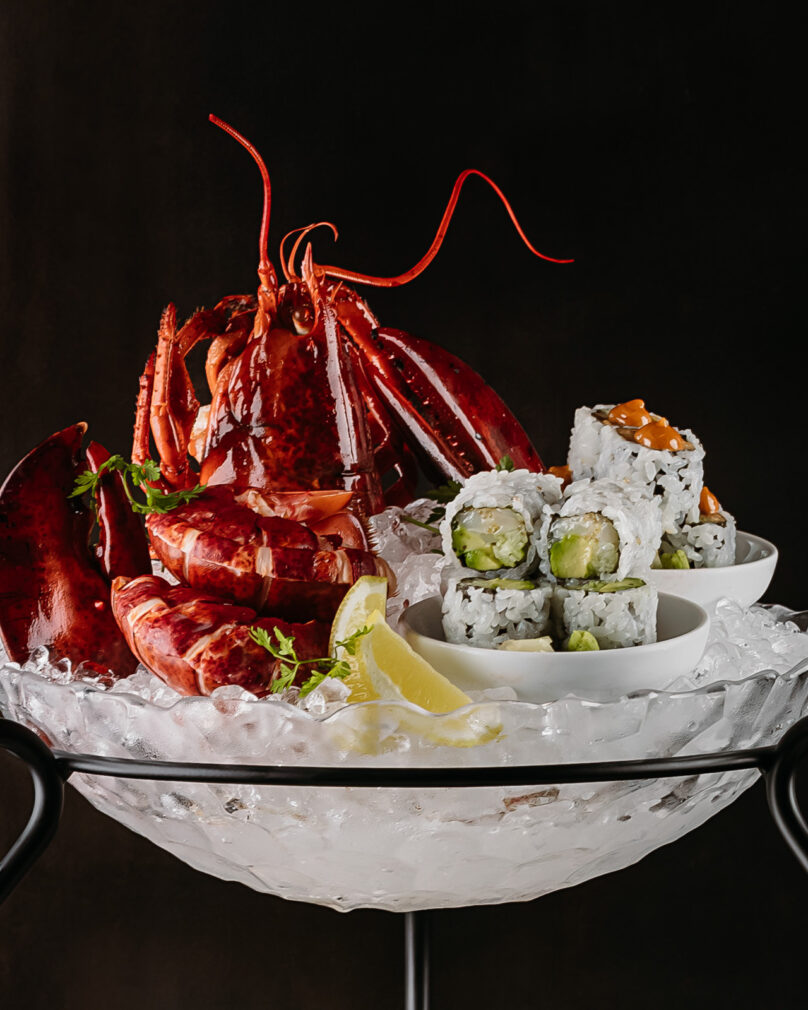Several financial institutions, from Rabobank to BMO Capital Markets, have recently released reports on the state of the alcohol, including wine markets. But the most wide-ranging of these was The Future of Global Alcohol, produced by Barclays Investment Bank for its private clients, which is not publicly available.
Areni spoke with Laurence Whyatt, the lead author of the report and the Head of European Beverages Equity Research. Whyatt is an incisive analyst and communicator.
Here are three key takeaways from the conversation:
- Demographics are destiny
Whyatt says that Barclays Bank has been concerned with demographics for a long time, because “The more people you have, the more potential consumers you have,” he said.
He said that after recognizing that demographics were an important driver of the market, Barclays built a database that layered economic and other information on top of UN population data. The result is an alcohol database for every country.
“What we learned is that the demographic changes were largely explaining the volume changes in alcohol,” he said.
After looking at the data, they realized the Chinese market was changing.
‘We identified the issues in demographics, particularly in the Chinese market, back in 2023, when we became much more concerned about potential growth,” he said.
The reason is that the number of young people has been declining for more than a decade.
“We were running some models looking at how that population was going to evolve over the next decade and realized it was going to shrink by nearly a quarter between now and 2035,” said Whyatt. “That made us much more concerned about the potential for growth of things like Cognac and even the Scotch Whisky industry.”
Consumption has already begun its downward slide. “China’s alcohol consumption has halved per capita since 2015 in spirits,” says Whyatt.” Beer consumption is down around 20% since 2013.”
- One group is the most important
According to Whyatt, not only are demographics the most important indicator of alcohol consumption, but the proportion of people in the population aged 25-40 is critical. This group not only predicts total alcohol consumption but is the group that’s most likely to be working.
“Western Europe is seeing declining per capita consumption,” he said. “Young people in these countries are declining in number; the birth rate has been falling in a number of these places over the past few decades, and you really need a healthy young population in order to have high alcohol consumption.”
The birth rate has been falling in Western Europe over the past few decades, and you really need a healthy young population in order to have high alcohol consumption – Laurence Whyatt
- The outlook for the US remains positive
Whyatt says the US is a good market to study because there is so much publicly available data.
“We can go back a century to Prohibition and look at how alcohol consumption has changed,” he says. “Generally speaking, we’ve seen an increase in alcohol over that century.”
There have been two major times when consumption has fallen: the first was after WWII, owing to economic weakness. “The second time was in the late ‘70s, early ‘80s, when the US introduced a 21-year-old legal drinking age,” he says.
Since then, there have been three decades of growth in per capita consumption, until the pandemic altered things. “Overall alcohol consumption increased in 2020 and 2021 when lockdown started to end, then we started seeing a decline in alcohol purchases.”
Young people are also drinking less, with declines in underage consumption, plus a decline in heavy drinking among young people since 2010. Whyatt notes, however, that stories about young people drinking less have to be treated with caution.
“The study that’s often quoted to me is the Gallup study,” he says, adding that Gallup is a very reputable polling company. “People look at the stats showing that, say, 18-to-30-year-olds are drinking less, which is true, but only because the 18-to-20-year-olds are drinking less, but the 21-to-30-year-olds are drinking about the same as what they used to drink.”
The 18-to-20-year-olds are drinking less, but the 21-to-30-year-olds are drinking about the same as
what they used to drink – Laurence Whyatt
Whyatt also said that US adults consume the most when they first turn 21, “and that level of consumption stays pretty linear until the age of about 40 to 45.” From then on, consumption begins to decline up to the age of 65. It drops again from age 75.
Whyatt remains positive about the US market because of its continuing economic growth.





